NASA Seal or Plaque
Production Time 6 to 8 weeks
Shipment is by FedEx, UPS or DHL International Express Courier with a normal door-to-door delivery time worldwide of within 2-3 business days after dispatch. Due to the current volatility of world fuel prices, the amount mentioned here is our best estimate for DHL and UPS and may be subject to change at the time of shipping.

Product statistics
Length: 16.5 Inches (41.9 Centimeters)Height: 14 Inches (35.6 Centimeters)
Scale: 1:LL
$154.50
Manufacturer: NULL
Production Time 6 to 8 weeks
-
United States dollar ($)
-
Pound sterling (£)
-
Euro (€)
-
Australian dollar ($)
-
Canadian dollar ($)
-
Singapore dollar ($)
-
Swiss franc (CHF)
-
Japanese yen (¥)
-
Danish krone (kr.)
-
Hong Kong dollar ($)
-
Norwegian krone (kr)
-
Swedish krona (kr)
General Product Description
Display your favourite Plaque or Seal or Emblem with pride! An empty wall in your den or office can come to life with our Torigate. Painstakingly hand carved in 3D with 1/8 inch (3.20 mm) relief (tail fins or flashes flat finish) and hand painted these plaques and seals are made from solid mahogany wood and will be ready within about 6-8 weeks from placement of order. Plaques, emblems, insignia, logos, aircraft tail fins or seals for Military, Navy, Air Force, Army, FBI, Coast Guard, Marine Corps and many more are all available. If not already listed on our website we can bring to reality your military emblems and logos with a custom designed seal or plaque made to your own specifications. If you do not see the plaques, tail shield, tail fin or seal you require just click here to contact us and we will then let you have pricing.
What Does NASA Do?
02.01.10
& NASA’s vision: To reach for new heights and reveal the unknown so that what we do and learn will benefit all humankind.
To do that, thousands of people have been working around the world — and off of it — for 50 years, trying to answer some basic questions. What’s out there in space? How do we get there? What will we find? What can we learn there, or learn just by trying to get there, that will make life better here on Earth?
A Little History
President Dwight D. Eisenhower established the +National Aeronautics and Space Administration+. in 1958, partially in response to the Soviet Union’s launch of the first artificial satellite the previous year. NASA grew out of the& National Advisory Committee on Aeronautics& (+NACA+.), which had been researching flight technology for more than 40 years.
President John F. Kennedy focused NASA and the nation on sending astronauts to the moon by the end of the 1960s. Through the Mercury and Gemini projects, NASA developed the technology and skills it needed for the journey. On July 20, 1969, Neil Armstrong and Buzz Aldrin became the first of 12 men to walk on the moon, meeting Kennedy’s challenge.
Meanwhile, NASA was continuing the aeronautics research pioneered by NACA. It also conducted purely scientific research and worked on developing applications for space technology, combining both pursuits in developing the first& weather& communications& After +Apollo+., NASA focused on creating a reusable ship to provide regular access to space: the& space shuttle. First launched in 1981, the space shuttle flew more than 130 successful flights before retiring in 2011. In 2000, the United States and Russia established permanent human presence in space aboard the& International Space Station, a multinational project representing the work of 16 nations.
NASA also has continued its scientific research. In 1997,& Mars Pathfinder& became the first in a fleet of spacecraft that will explore Mars in the next decade, as we try to determine if life ever existed there. The& Terra& Aqua& satellites are flagships of a different fleet, this one in Earth orbit, designed to help us understand how our home world is changing. +NASA’s+.aeronautics& teams are focused on improved aircraft travel that is safer and cleaner.
Throughout its history, NASA has conducted or funded research that has led to numerous& improvements to life here on Earth.
| Weight | 6 kg |
|---|---|
| Dimensions | 16.5 × 14 in |
Be the first to review “NASA Seal or Plaque” Cancel reply
Related products
Tail Shields & Flashes, Plaques & Seals
Tail Shields & Flashes, Plaques & Seals
Joint Integrated and Missile Defense Organization Wood Plaque Seal
Tail Shields & Flashes, Plaques & Seals
Tail Shields & Flashes, Plaques & Seals
Tail Shields & Flashes, Plaques & Seals
Tail Shields & Flashes, Plaques & Seals
Tail Shields & Flashes, Plaques & Seals
Tail Shields & Flashes, Plaques & Seals



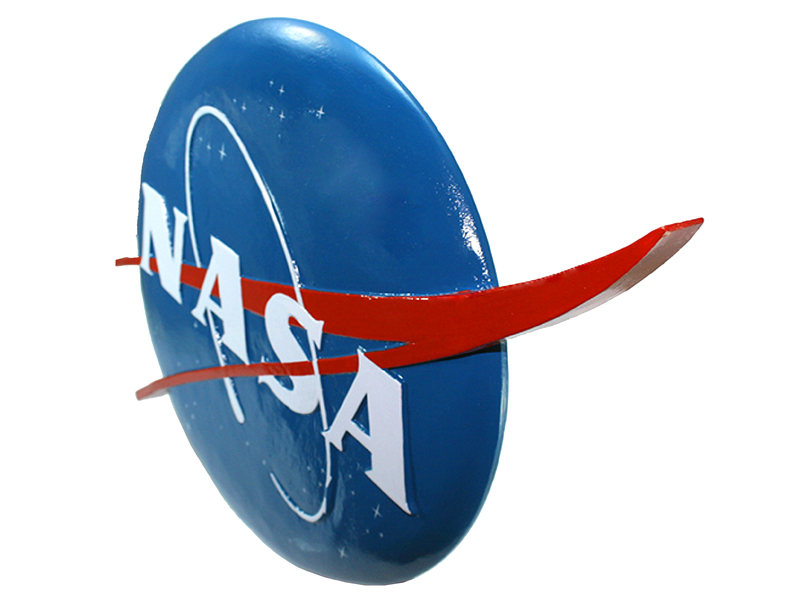
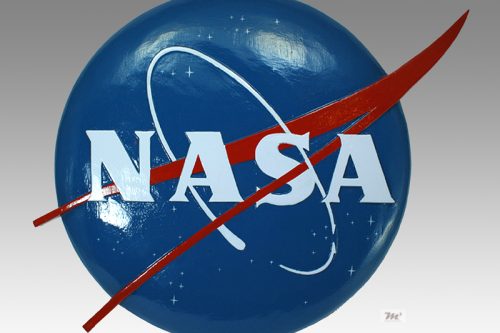
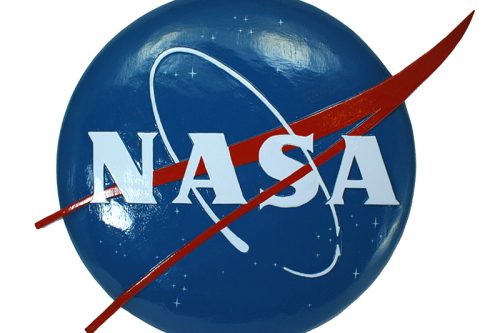
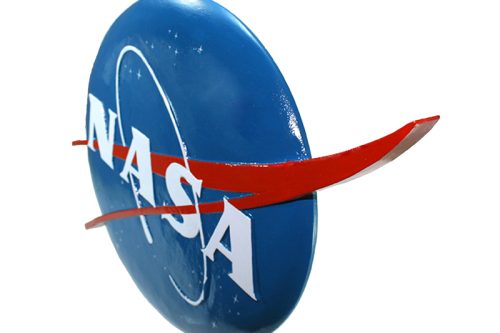

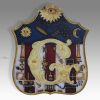
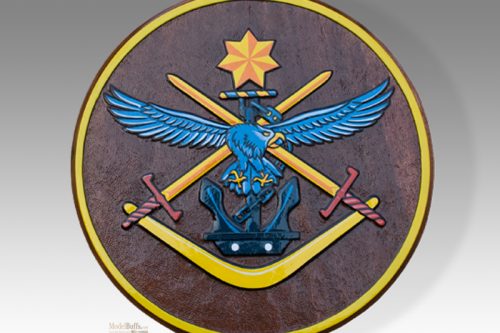
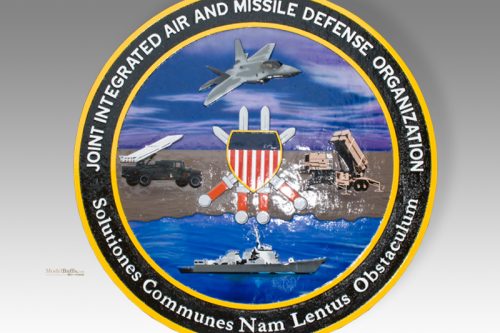

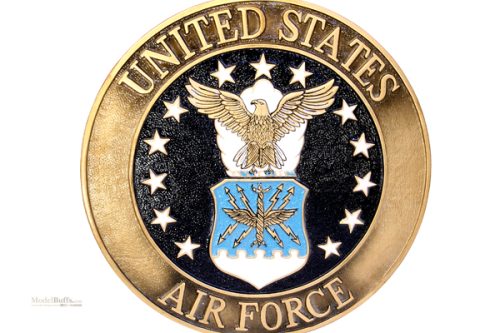

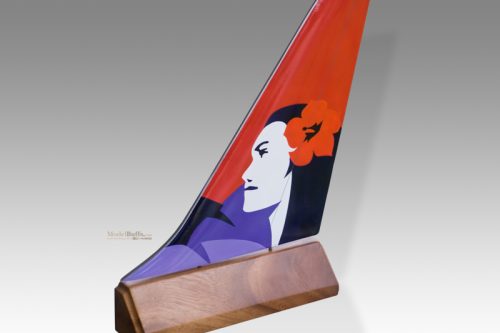
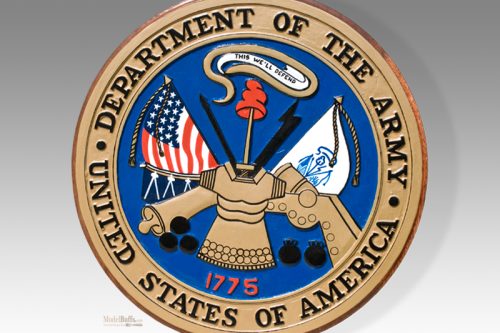

Reviews
There are no reviews yet.